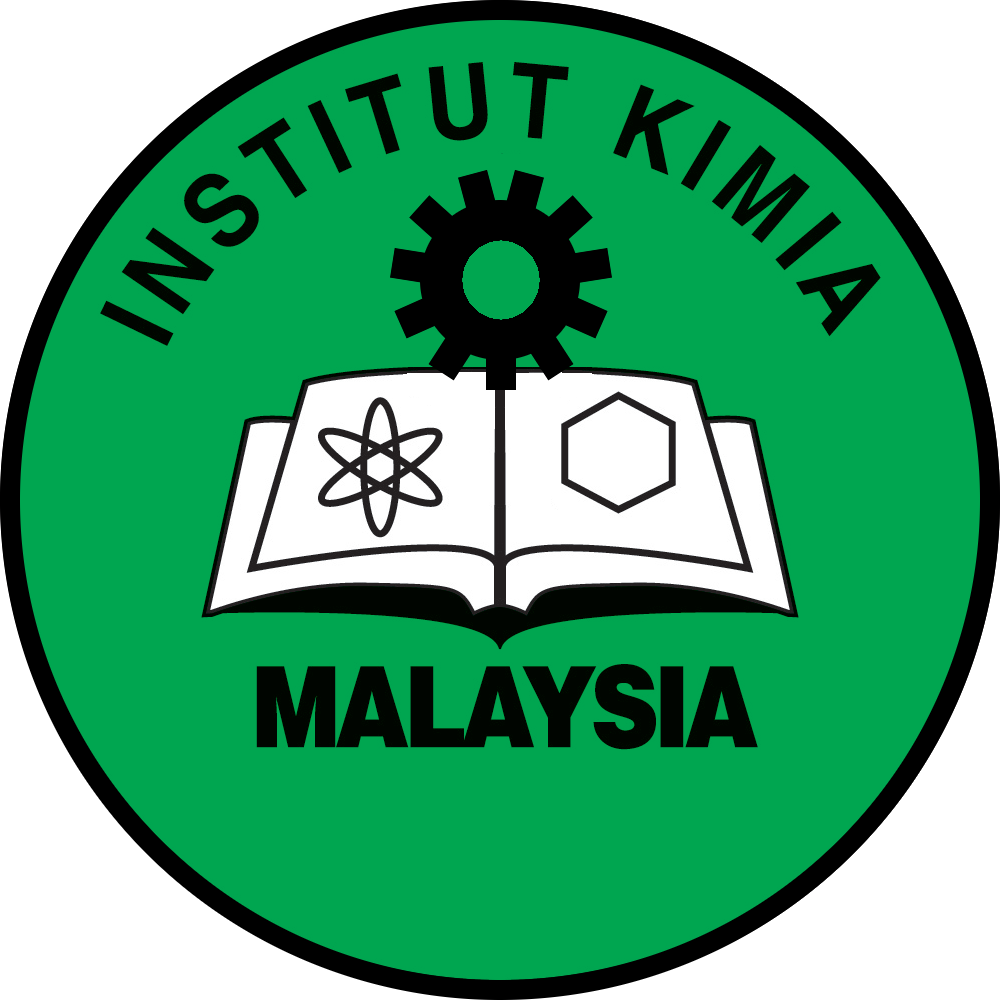Development of a Biocompatible Blend Electrolyte System of Epoxidized Natural Rubber (ENR-25 and ENR-50)/ Chitosan (CTS)/ Lithium Perchlorate (LiClO4)
DOI: https://doi.org/10.55373/mjchem.v27i2.148
Keywords: Epoxidized natural rubber; chitosan; polymer blend; lithium perchlorate; conductivity
Abstract
Polymer blend electrolytes (PBE) are efficient electrolyte systems that hold great potential in various applications, especially fuel cells and lithium-ion batteries. Their ongoing development has the potential to advance energy storage technology, resulting in better and longer-lasting capacity degradation. For this study, a solvent casting method was used to mix epoxidized natural rubber (ENR), chitosan (CTS) and lithium perchlorate (LiClO4), while maintaining the 50:50 polymer ratio for each level of ENR. The mix of ENR grades and CTS had different levels of miscibility, which was supported by ATR-FTIR analysis of the chemical structure and the changes that happened when LiClO4 was added. For each blend, TGA analysis identified two stages of thermal degradation that occurred at various temperatures. In the case of the ENR-25/CTS blend, these stages were observed at 231 °C and 345 °C, while for the ENR-50/CTS blend, they occurred at 233-343 °C with Tmax at 250 °C and 343-482 °C with Tmax at 378 °C, respectively. The ATR-FTIR analysis showed that the Li+ cations in the ENR/CTS/LiClO4 blend electrolyte samples interacted with the NH2 and C-O-C groups. Impedance analysis revealed conductivity values of 2.58 x 10-3 S/cm for the ENR-25/CTS/LiClO4 blend, and 3.12 x 10-3 S/cm for the ENR-50/CTS/LiClO4 blend.
